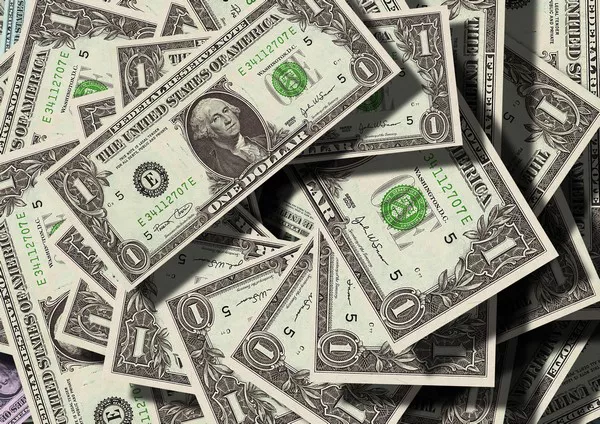Currency, beyond its utilitarian purpose, often carries historical and collector’s value. Among the myriad banknotes in circulation, the 1976 two-dollar bill stands out as a fascinating piece of American monetary history. In this article, we delve into the intricate world of currency valuation, exploring the factors that contribute to the worth of a 1976 two-dollar bill.
Historical Context:
The 1976 two-dollar bill, commonly known as the Bicentennial $2 bill, holds significance in the annals of American history. Issued to commemorate the bicentennial celebration of the United States, these bills bear a distinctive design that sets them apart from regular two-dollar bills. The front side features a depiction of the signing of the Declaration of Independence, while the reverse showcases the iconic Trumbull painting “The Surrender of General Burgoyne.”
Understanding Rarity:
One of the primary factors influencing the value of a 1976 two-dollar bill is its rarity. While these bills were mass-produced to meet the demands of the bicentennial celebration, their circulation was relatively limited compared to more common denominations. Over time, many of these bills were withdrawn from circulation, contributing to their scarcity in the market.
Condition Matters:
As with any collectible item, the condition of a 1976 two-dollar bill plays a crucial role in determining its value. Bills that are in mint condition, with minimal wear, folds, or discoloration, command a higher price in the collector’s market. Conversely, bills showing signs of extensive use or damage may be valued lower, reflecting their diminished aesthetic appeal and historical preservation.
Serial Numbers and Signatures:
Serial numbers and signatures add an additional layer of complexity to the valuation process. Some collectors seek bills with unique or low serial numbers, considering them more desirable. Similarly, bills bearing the signatures of prominent officials from the U.S. Department of the Treasury or the Bureau of Engraving and Printing may fetch a premium in the market.
Grading and Authentication:
To determine the precise condition of a 1976 two-dollar bill, collectors often rely on professional grading services. These services assess the bill’s physical state and assign a grade, which can range from “Poor” to “Gem Uncirculated.” Graded bills come encapsulated in protective holders, ensuring their preservation and providing a tangible indicator of their condition. Authentication is another crucial aspect, as counterfeit bills occasionally surface in the market.
Market Trends and Demand:
The value of a 1976 two-dollar bill is not static; it fluctuates based on market trends and collector demand. Periodically, auctions and sales events showcase rare currency items, influencing the perceived value of these bills. High demand from collectors or a sudden surge in popularity can result in increased prices, while a decline in interest may lead to stagnation or even a decrease in value.
Notable Sales and Auctions:
Several instances stand out in the history of auctions where 1976 two-dollar bills fetched notable prices. Collectors and enthusiasts keen on acquiring these bills sometimes engage in bidding wars, driving up the final sale price. Monitoring such auctions can provide insights into the current market sentiment and help prospective sellers or buyers gauge the potential value of their bills.
Cultural and Historical Significance:
Beyond the realm of currency collectors, the 1976 two-dollar bill holds cultural and historical significance. Its distinctive design, encapsulating pivotal moments in American history, makes it a sought-after item for those interested in preserving and celebrating the nation’s heritage. The dual portrait of John Adams and Thomas Jefferson, both signatories of the Declaration of Independence, adds a layer of symbolism that resonates with many Americans.
Preserving Value for the Future:
For individuals in possession of a 1976 two-dollar bill, proper preservation is essential for maintaining its value over time. Storing the bill in a protective sleeve or holder, away from direct sunlight and extreme temperatures, helps prevent deterioration. Taking such measures not only ensures the bill’s physical integrity but also safeguards its historical and collector’s value for future generations.
See Also How Much Money Is A Two Dollar Bill Worth
Conclusion:
In the intricate tapestry of currency collecting, the 1976 two-dollar bill stands as a captivating piece with both historical and monetary significance. Its rarity, condition, serial numbers, and cultural context all contribute to its value in the collector’s market. As we navigate the ever-evolving landscape of currency valuation, enthusiasts and investors alike remain drawn to the allure of this bicentennial treasure, making it a fascinating subject of study and admiration.


